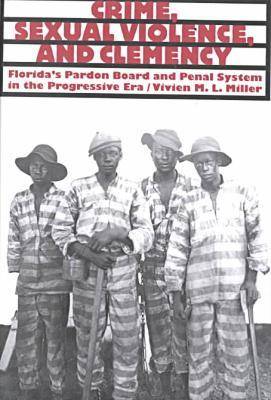New Perspectives on the History of the South
2 total works
"There are few, if any, state-level prison histories that are as impressively researched. This is an authoritative account that contributes a great deal to our understanding of the politics and practice of modern punishment."--Joseph F. Spillane, University of Florida
"Miller's extraordinary research into the history of Florida's prisons illustrates the fundamental disjuncture between a rural southern penal system that grew from chain gangs, turpentine camps, and a Jim Crow penal farm and the carceral needs of a modernizing urban sunbelt state. Yet, as her book demonstrates, the unsavory history of punishment still hangs over the Sunshine State like a dark cloud."--Alex Lichtenstein, author of Twice the Work of Free Labor: The Political Economy of Convict Labor in the New South
Hard Labor and Hard Time is a history of continuity and change in Florida's state prison system between 1910 and 1957, exploring conditions at the state prison farm at Raiford (the third largest prison farm in the South at this time) as well as in the chain gangs and road prisons.
Vivien Miller examines the experiences of the prisoners as well as the guards and other prison personnel in this comprehensive, groundbreaking study. She demonstrates that despite progressive changes in the treatment of inmates (better diet, better structuring of work and leisure activities, better medical provision, and the like), these improvements were matched by continued brutality and mistreatment, unequal or discriminatory treatment according to race and/or gender, and neglect.

